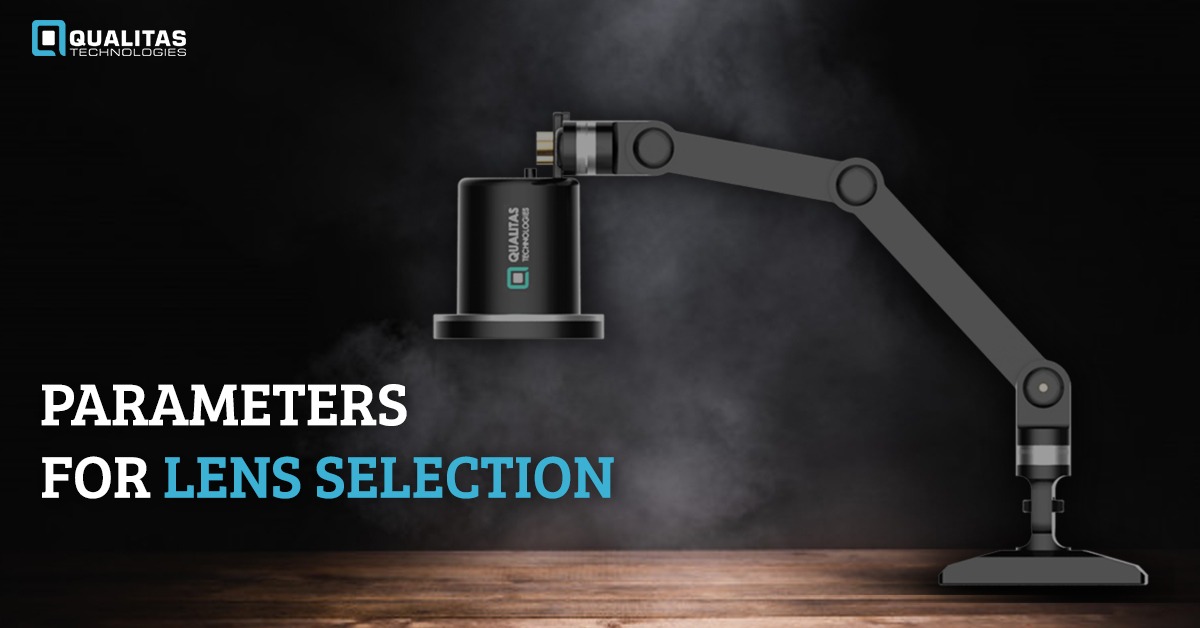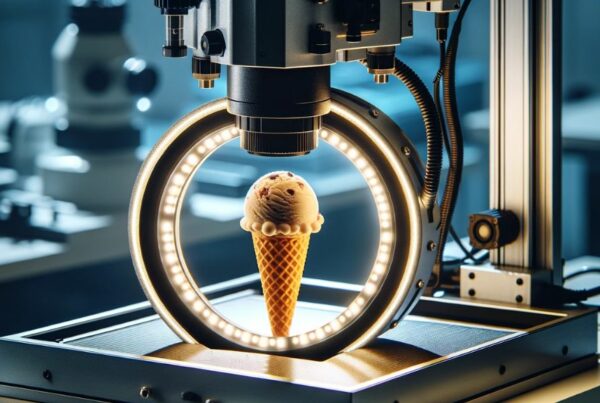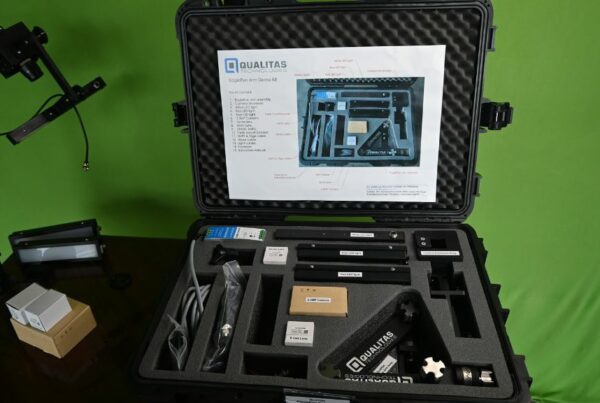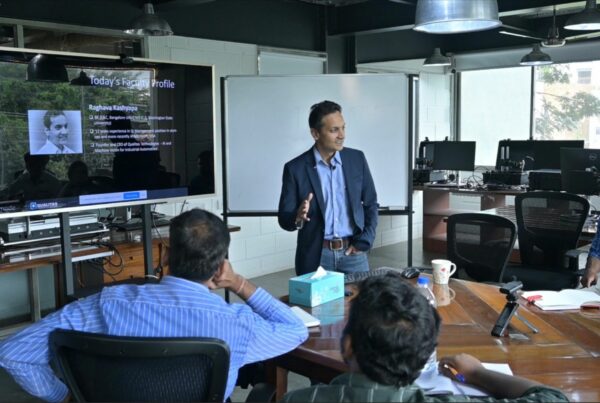
PARAMETERS FOR LENS SELECTION
The first step of any machine vision system is image acquisition. Image acquisition is the action of retrieving an image from a source, usually hardware systems like cameras, sensors, etc. It is the first and the most important step in the workflow sequence because, without an image, no actual processing is possible. In a machine vision system, the cameras are responsible for taking the light information from a scene and converting it into digital information i.e. pixels using CMOS or CCD sensors. The sensor is the foundation of any machine vision system. Many key specifications of the system correspond to the camera’s image sensor.
However, the light from the source has to be focused adequately by a lens on the sensor for it to capture the image with maximum clarity. The lens should provide appropriate working distance, image resolution, and magnification for your system.
Following are some of the important parameters to consider when selecting an appropriate lens for your system:
1. WORKING DISTANCE
Working Distance dictates the space in which the optical system of a machine vision system must work. Working distances generally get longer when objects are large, if they move through large distances, or if they need to be distanced from the camera for safety and environmental purposes. For example, for an object that resides in an ultra-high vacuum (UHV) chamber, the camera will have to be mounted outside the chamber and capture images through a window, as most cameras are incompatible with UHV. In such a case, the minimum working distance is the distance from the window to the object in the chamber.
Considering your working distance is important because, as the working distance changes, so does the image distance. This, in turn, increases or decreases the magnification.
Related Article: The Ultimate Guide to Machine Vision Camera Selection

The Field of View is a measurement of distance and is defined as the viewable area of the object under inspection. In machine vision applications, the lens focal length and the sensor size sets up a fixed relationship between the working distance and the field of view. It is the area of the inspection captured on the camera’s imager and that fills the camera sensor. The size of the field of view and the size of the camera’s imager directly affect the image resolution, which is one of the most important factors determining the accuracy of the system.

2. CAMERA SENSOR SIZE
The size of a camera sensor’s active area is crucial in determining the system’s field of view (FOV). Given a fixed primary magnification that is usually determined by the imaging lens, larger sensors yield greater FOVs. The standard sensor sizes are ¼”, 1/3″, ½”, 1/1.8″, 2/3″, 1″ and 1.2″, with larger available. The nomenclature of these standards dates back to the Vidicon vacuum tubes used for television broadcast imagers, so it is important to note that the actual dimensions of the sensors differ.
One issue that can potentially arise in an imaging application is the inability of an imaging lens to support certain sensor sizes. If the sensor is too large for the lens, the resulting image may appear to fade away and degrade towards the edges because of a phenomenon known as vignetting. This effect is also referred to as the tunnel effect since the edges of the field become dark. Smaller sensor sizes usually do not yield this vignetting issue.
Also Read, CAMERA FUNDAMENTALS IN MACHINE VISION

3. RESOLUTION
A high-resolution image can only be captured if a high-resolution lens is utilized. The lens also needs to be capable of resolving the pixel size accurately. The resolution of a lens is given in line pairs per millimeter and specifies how many lines on a millimeter appear as separate from one another. The more line pairs that appear as differentiated, the better is the resolution of the lens. Having a high-resolution lens can be beneficial as higher resolutions preserve details in the picture more accurately that would be completely lost in low-resolution images.

4. DEPTH OF FIELD
A prerequisite for a robust and accurate inspection is a sharp image in most of the cases. On the z-axis, only a small area within certain limits provides a sharp image: The depth of field is the scene space in depth, away from camera and optics, which appears sufficiently sharp in the video image generated by the camera. As an object is placed closer or farther than the set focus distance of a lens, the object blurs and both resolution and contrast suffer consequently. For machine vision applications, it is important that all features to be inspected are located within this depth of field area for maximum clarity and accuracy.
Related Article: IMAGE ACQUISITION COMPONENTS

Choosing the appropriate lens needed for a machine vision system requires an expert understanding of the application requirements and technology capabilities.
Get In Touch With Us





